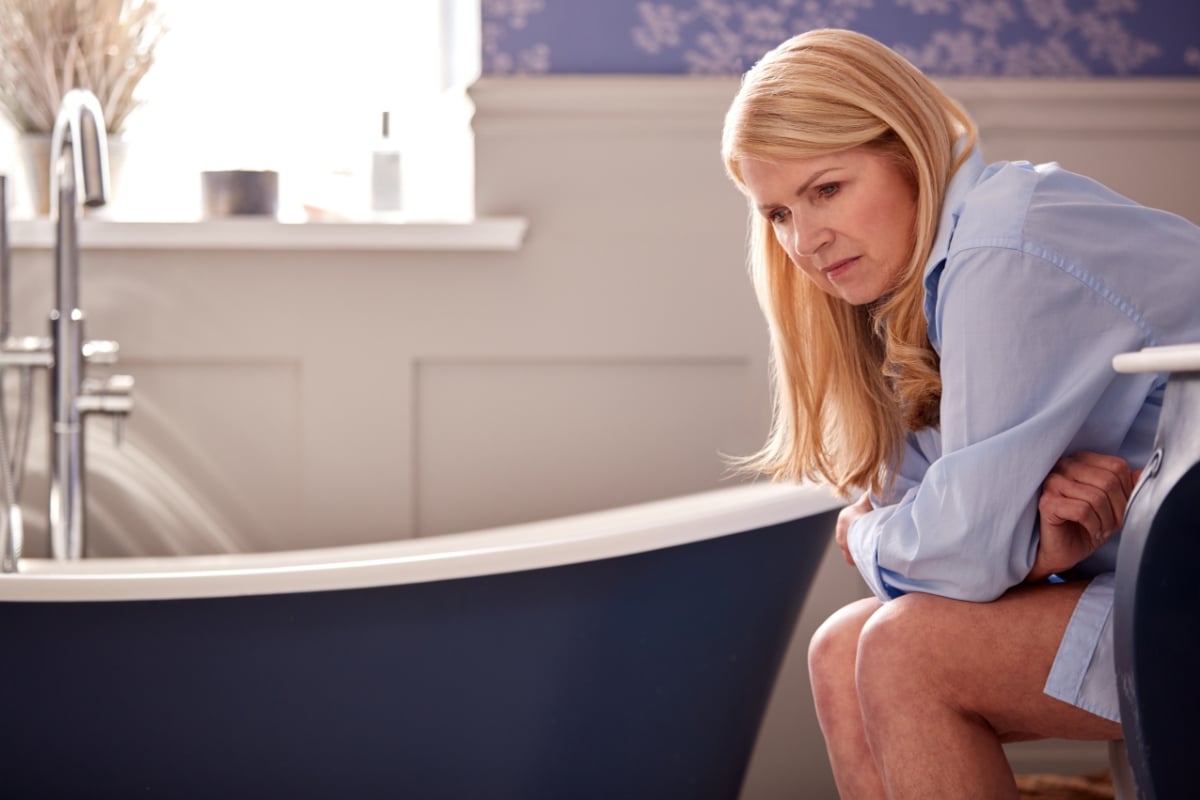
Are Kegel exercises everything they're cracked up to be?

Have you ever noticed how many commercials for products that protect from urinary leakage there are on TV? They always seem to include young and happy women…what's the deal?
The reality is that 3.3 million Canadians are suffering from urinary incontinence – that’s over 10% of the Canadian population! Our society seems to have accepted incontinence as a normal process of aging or a consequence of childbirth.
As a pelvic health physiotherapist, I find that distressing – as we say in our profession, “it might be common, but it is not normal”.
Urinary incontinence can significantly impact quality of life and hold people back from participating in the activities they love.
The good news is there are treatments available that go far beyond wearing garments for protection and are far less extreme than getting surgery.

Kegels are the go-to exercise for the pelvic floor, but should they be?
I'm sure the first thing that comes to mind when we're talking about easy pelvic floor treatments is performing Kegel exercises (contracting the pelvic floor muscles).
These exercises have been around for a long time - since the 1940's! They were revolutionary at the time, but of course, as time passes and research progresses, things changed.
Everyone used to ride around in a horse and buggy, but when was the last time you saw that?
Somehow, over the last century, Kegels have retained their reputation for being the go-to exercise for all pelvic floor problems.
The pelvic floor muscles, which are responsible for bladder control (amongst their other functions) do not function in isolation.
They're part of our inner core muscles, which include the diaphragm (breathing muscle), the multifidus (postural back muscles), and the transversus abdominus (lower abdominal muscles).
Together, these muscles function as a dynamic (constantly in motion) system of pressure that is continuously changing as we breathe.
Considering we breathe over 24,000 times a day, that’s a lot of change!

Kegel exercises don't really address the problem - or they make it worse
Kegel exercises may be easy to do and free of charge, but they have their limits. These exercises only address the pelvic floor, not the other three parts of the core musculature.
Kegels are also not helpful for pelvic floor muscles that are already in an over-tightened state. Kegels can burden those muscles further or even make the issue worse.
They’re not always performed correctly either, as you can’t really “see” what you’re doing. Reading about them or watching a YouTube tutorial isn't going to cut it!
If you are continuing to struggle with incontinence and have been trying to manage it with Kegel exercises, or you’ve resorted to wearing protective undergarments, it may be time to seek help.
Pelvic health physiotherapy is the most effective first line conservative treatment for incontinence, going much further than prescribing Kegel exercises!
A pelvic health physiotherapist will perform an assessment of the pelvic floor and determine the appropriate treatment plan for you.
You can learn more information about pelvic health physiotherapy and book an assessment on our website. We can help!







